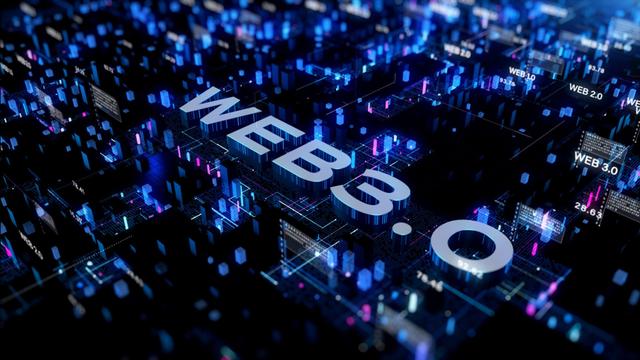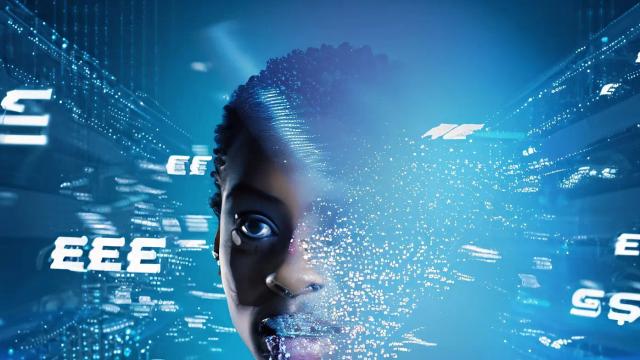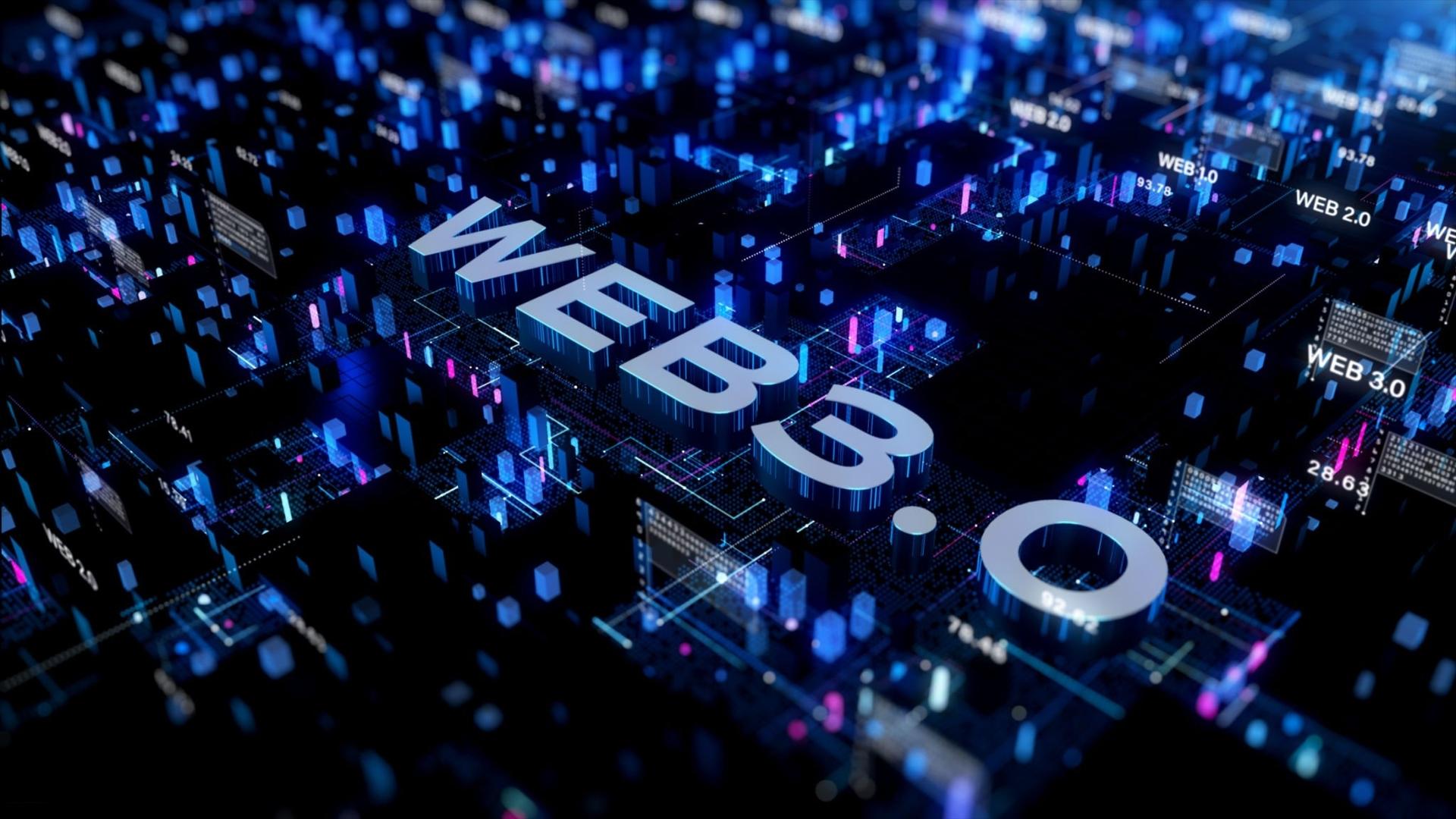
How To Migrate a Web2 Application to Web3?
Web2 to Web3 Explained
Introduction
The Internet's pervasive impact on our lives, serving as a cornerstone for communication, access to information, and limitless possibilities, has been profound. Yet, as technology leaps forward, the needs and expectations of both businesses and individuals follow suit. The heralded arrival of Web3 - the Internet's next evolutionary stage - carries promises of fundamentally redefining the way we interact, transact, and do business. In this article, we delve into Web3's transformative capabilities and the multifaceted advantages it stands to confer upon enterprises spanning various sectors.
The Transition from Web2 to Web3 Unpacked:
Appreciating Web3's significance necessitates a thorough understanding of its forerunner, Web2. The latter represents the Internet's current incarnation, defined by centralized control. Here, platforms and intermediaries wield considerable power over user data and experiences, a model riddled with challenges pertaining to trust, data ownership, and privacy.
Web3 marks a paradigmatic shift towards a more decentralized model, enabled by groundbreaking technologies like blockchain, cryptocurrencies, and smart contracts. By harnessing these technologies, Web3 facilitates peer-to-peer interaction, trustless ecosystems, and a programmable economy. This decentralized nature renders intermediaries redundant and bestows businesses with direct control over their data and digital assets.
Fundamental Aspects of Web3 Transformation:
Several core aspects delineate the transition from Web2 to Web3. We examine some of these elemental components:
- Decentralization:
By distributing power among network participants and displacing central authorities, Web3 fosters an environment of decentralization. Blockchain technology is integral to this process, providing an immutable, transparent ledger for recording transactions and interactions.
- Blockchain:
At the epicenter of Web3 resides blockchain technology – a decentralized, immutable ledger that records transactions across a network of computers. By enabling security, transparency, and unalterable data storage, blockchain negates the need for intermediaries. The technology uses consensus mechanisms and cryptography to ensure data integrity, making it secure and resistant to manipulation.
- Cryptocurrencies:
The advent of Web3 has given birth to cryptocurrencies, digital assets that facilitate secure and efficient peer-to-peer transactions. These currencies, including Bitcoin and Ethereum, function independently of traditional banking systems, thereby streamlining global transactions. Cryptocurrencies utilize blockchain technology to ensure transparency, immutability, and decentralization, making them an ideal medium of exchange within Web3 applications.
- Smart Contracts:
Coded onto blockchain platforms, smart contracts are self-executing agreements that perform predefined actions once certain conditions are met, thereby eliminating the need for intermediaries and boosting efficiency, transparency, and trust. Businesses can leverage smart contracts to automate intricate processes, streamline interactions, and enforce agreements outside the bounds of traditional legal systems.
- Distributed Ledger Technology:
Distributed Ledger Technology (DLT) buttresses Web3's decentralized character. DLT ensures records and transactions are shared and updated across a network of computers, providing a resilient, tamper-proof system. This distributed nature removes single points of failure and makes data more resistant to attacks or manipulation, thereby enhancing trust and security.
- Programmable Economy:
The emergence of Web3 has given rise to programmable economies, allowing business transactions and processes to be automated via smart contracts. This programmability enables the design of dynamic and customizable business models, paving the way for innovation and efficiency.
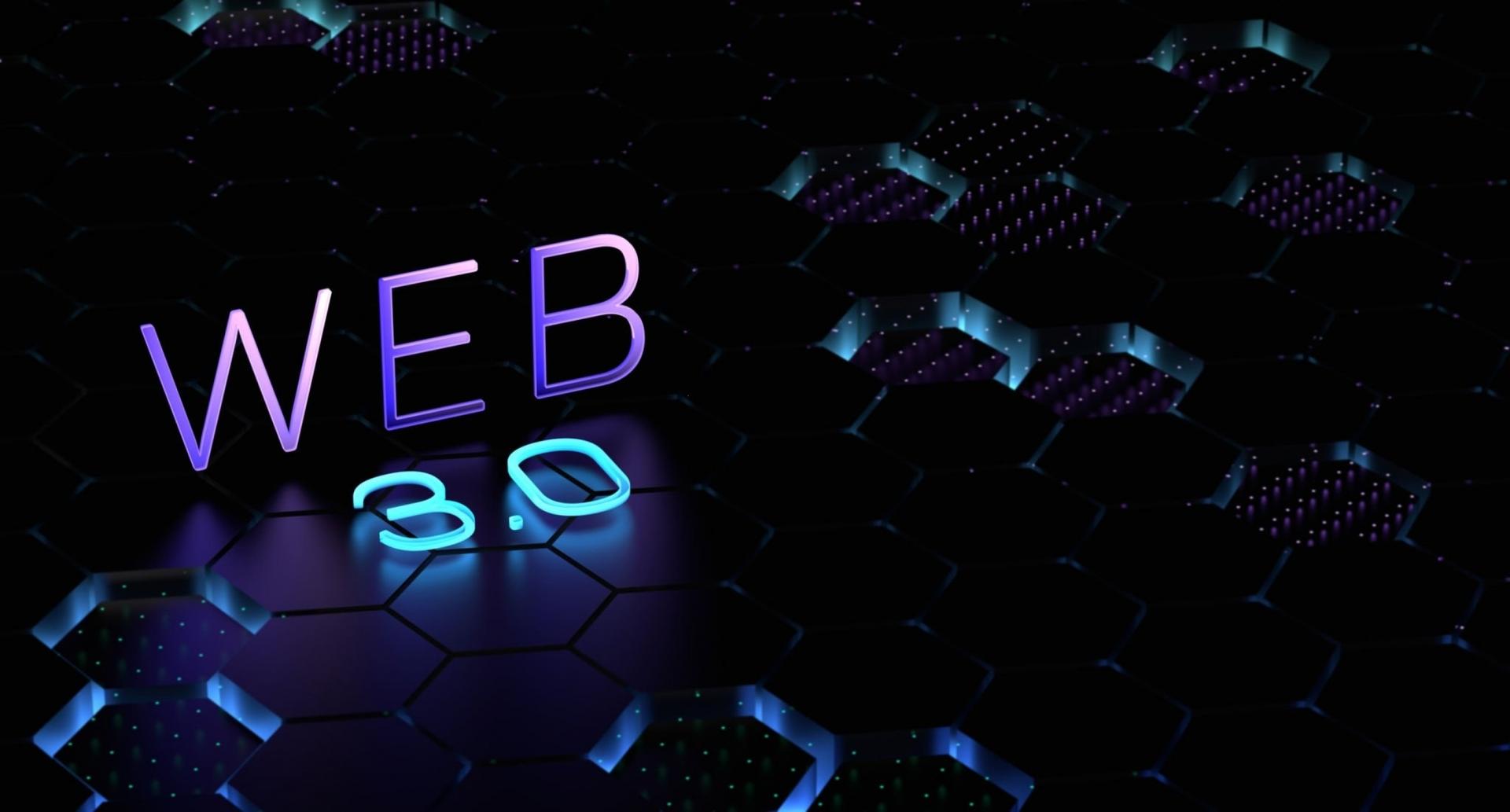
Exploring WEB3 Use Cases and Their Business Impact:
WEB3's transformative reach extends to enterprises across a multitude of sectors. We will now explore some of its key applications and their potential impact:
- Non-Fungible Tokens (NFTs):
NFTs have been the talk of the town lately, overhauling the notions of ownership and digital assets. These distinct digital tokens, constructed on the blockchain, facilitate the creation, sale, and ownership of digital art, collectibles, and intellectual property. NFTs unveil novel revenue channels and offer creators unfettered access to global markets. Artists can tokenize their work to ensure authenticity and origin, while buyers can invest in unique digital assets and partake in the burgeoning digital collectibles market.
- Decentralized Finance (DeFi):
DeFi symbolizes a financial revolution fueled by WEB3 technologies. DeFi platforms employ blockchain, smart contracts, and cryptocurrencies to deliver traditional financial services in a decentralized fashion. DeFi proffers opportunities for borrowing, lending, trading, and accruing interest without traditional intermediaries. This shake-up in traditional finance fosters enhanced financial inclusivity, transparency, and accessibility, empowering individuals and businesses alike.
- Decentralized Autonomous Organizations (DAOs):
DAOs are organizations steered by smart contracts and functioning on blockchain platforms. They operate independently, with decisions being made through the consensus of token holders. DAOs facilitate decentralized governance by eliminating central authorities and distributing power among stakeholders. This innovative model promotes transparency, inclusivity, and community-driven decision-making, upending traditional organizational structures.
- Web3 and the Metaverse:
The metaverse refers to a virtual universe where individuals can interact, transact, and immerse themselves in digital experiences. WEB3 technologies are pivotal in crafting the metaverse, enabling digital ownership, secure transactions, and seamless interoperability among virtual worlds. The metaverse carries implications for gaming, entertainment, e-commerce, and social interactions, presenting new pathways for businesses to engage with customers and monetize digital experiences.
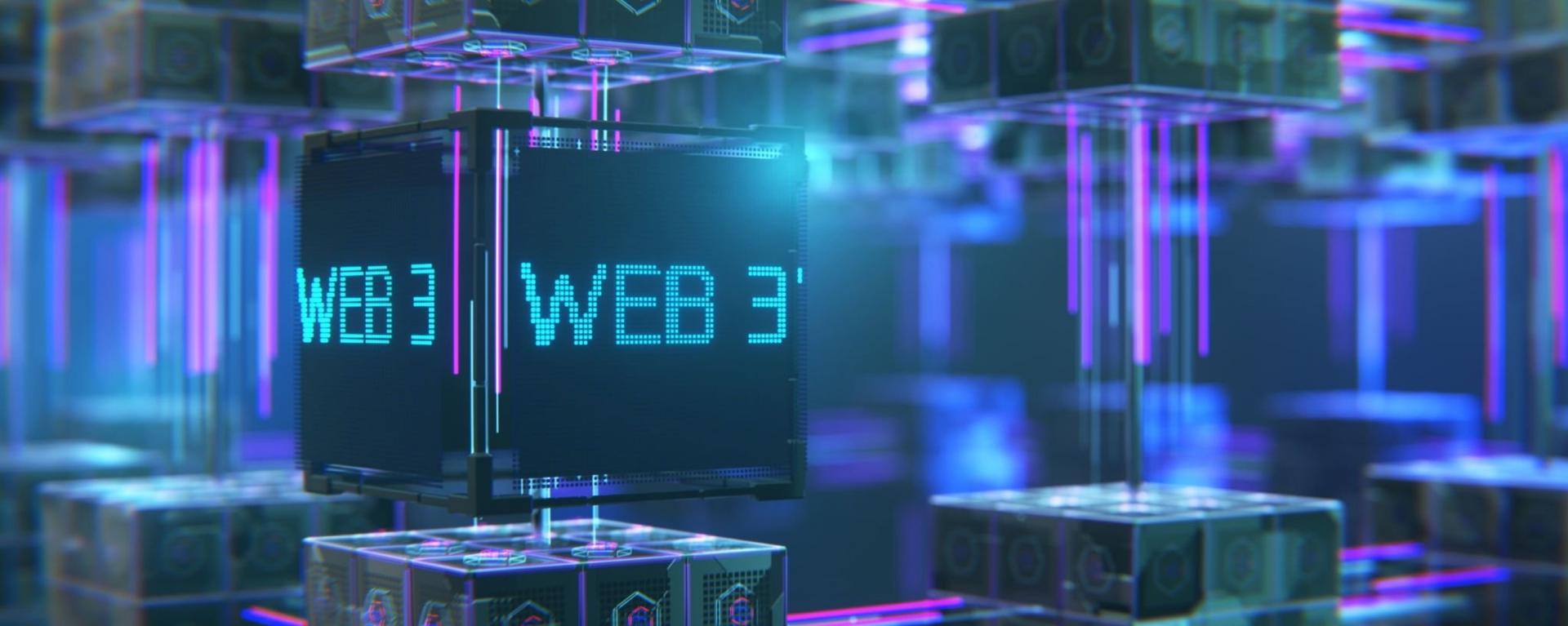
Overcoming Challenges and Making Considerations:
The migration from WEB2 to WEB3, although laden with benefits, also brings forth challenges and considerations for businesses:
- Scalability:
WEB3 technologies, particularly blockchain, grapple with scalability challenges when managing a high volume of transactions. Nonetheless, ongoing research and development endeavors are aiming to address this issue, with potential solutions like layer-2 protocols and sharding being explored.
- Regulatory Environment:
The regulatory framework enveloping WEB3 technologies is still in its formative stages, and businesses must maneuver through legal and compliance prerequisites in various jurisdictions. Collaboration between industry stakeholders and regulatory bodies is indispensable for crafting clear frameworks that stimulate innovation while addressing concerns about consumer protection, fraud, and money laundering.
- User Experience:
For widespread acceptance, WEB3 technologies must deliver user experiences that can compete with the convenience of centralized platforms. Refinements in user interfaces, wallet management, and transaction speeds are crucial to attract and retain users.
- Education and Awareness:
WEB3 technologies introduce innovative concepts and demand a certain level of technical comprehension. Businesses must invest in enlightening their stakeholders about the benefits, risks, and potential applications of WEB3 to foster adoption and drive innovation.
- Epilogue:
The shift from WEB2 to WEB3 denotes a landmark change in how we conduct business, engage with digital ecosystems, and envision the future. The potential of WEB3 technologies, such as blockchain, DeFi, and the metaverse, ushers in unprecedented opportunities for businesses across all sectors. By adopting decentralization, programmability, and trustless systems, enterprises can tap into enhanced efficiency, security, and transparency, while revolutionizing traditional business models. The road to WEB3 calls for collaboration, education, and a collective vision of a decentralized and inclusive future. By embracing WEB3, businesses can position themselves at the vanguard of innovation, primed to reap the rewards of the impending digital revolution.
Contact the experts to lead the charge into this exciting future.
Anas Madi
Forward thinking leader of a distinguished team of technical experts.References
- 1) Tapscott, D., & Tapscott, A. (2016).Blockchain revolution: how the technology behind bitcoin is changing money, business, and the world. Penguin.
- 2) Mougayar, W. (2016).The business blockchain: promise, practice, and application of the next internet technology. Wiley.
- 3) Nakamoto, S. (2008).Bitcoin: A Peer-to-Peer Electronic Cash System.
- 4) Zooko, W., & Nathan, W. (2016).Zcash Protocol Specification.
- 5) Tapscott, A., & Tapscott, D. (2018).Financial services: Building blockchain one block at a time. Financial Times, 16.
- 6) Buterin, V. (2013).Ethereum Whitepaper.
- 7) Swan, M. (2020).The Bitcoin Standard: The Decentralized Alternative to Central Banking.
- 8) Wood, G. (2018).Ethereum: A Secure Decentralised Generalised Transaction Ledger (EIP-150).
